- Solar energy blog
- The rise of solar energy in Saudi Arabia
The rise of solar energy in Saudi Arabia
Saudi Arabia is now focused on renewable energy strategies, with solar being a core focus of reaching their 2030 targets.

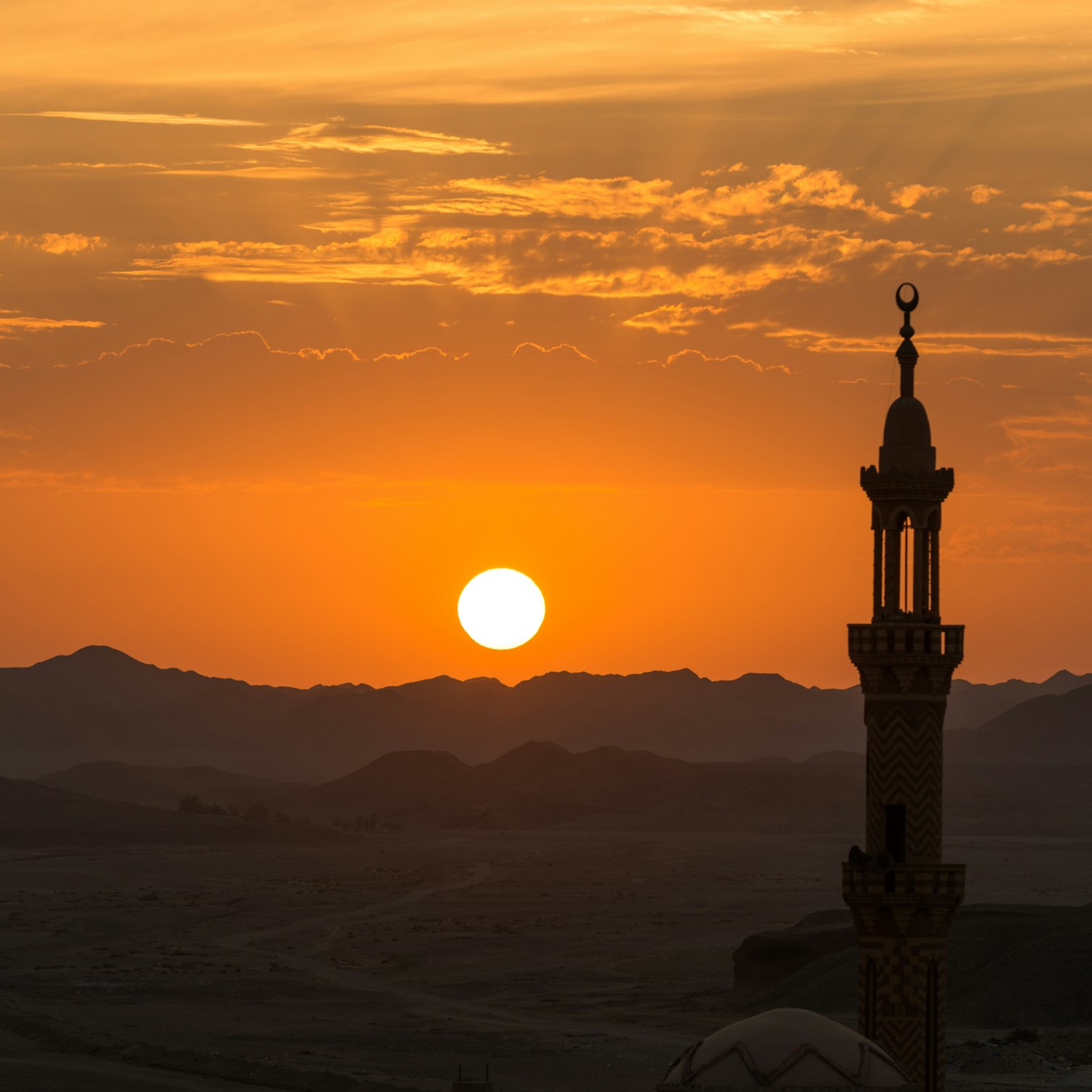
Content
Saudi Arabia has been the cornerstone of the global energy supply for decades. The nation is the world’s biggest oil exporter, home to 17% of the world’s total proven oil reserves. Its oil exports account for approximately 50% of the country’s GDP.
However, even with this dominant position, Saudi Arabia has recognized that a world completely reliant on fossil fuels is not the way forward. A range of renewables is now part of the Saudi energy strategy, with solar looking particularly promising as it now accounts for 82.6% of the country’s total renewable capacity.
The best way to understand their changing approach is to look at the speed at which things are changing. Between 2022 and early 2024, Saudi Arabia added 2.1 gigawatts (GW) of renewable power capacity, a 300% increase from the 700 megawatts (MW) that was created between 2012 and 2022. According to a study by GlobalData, if they continue at their current pace, they could reach 31.5 GW of renewable energy by 2030 and 63.1 GW by 2035.
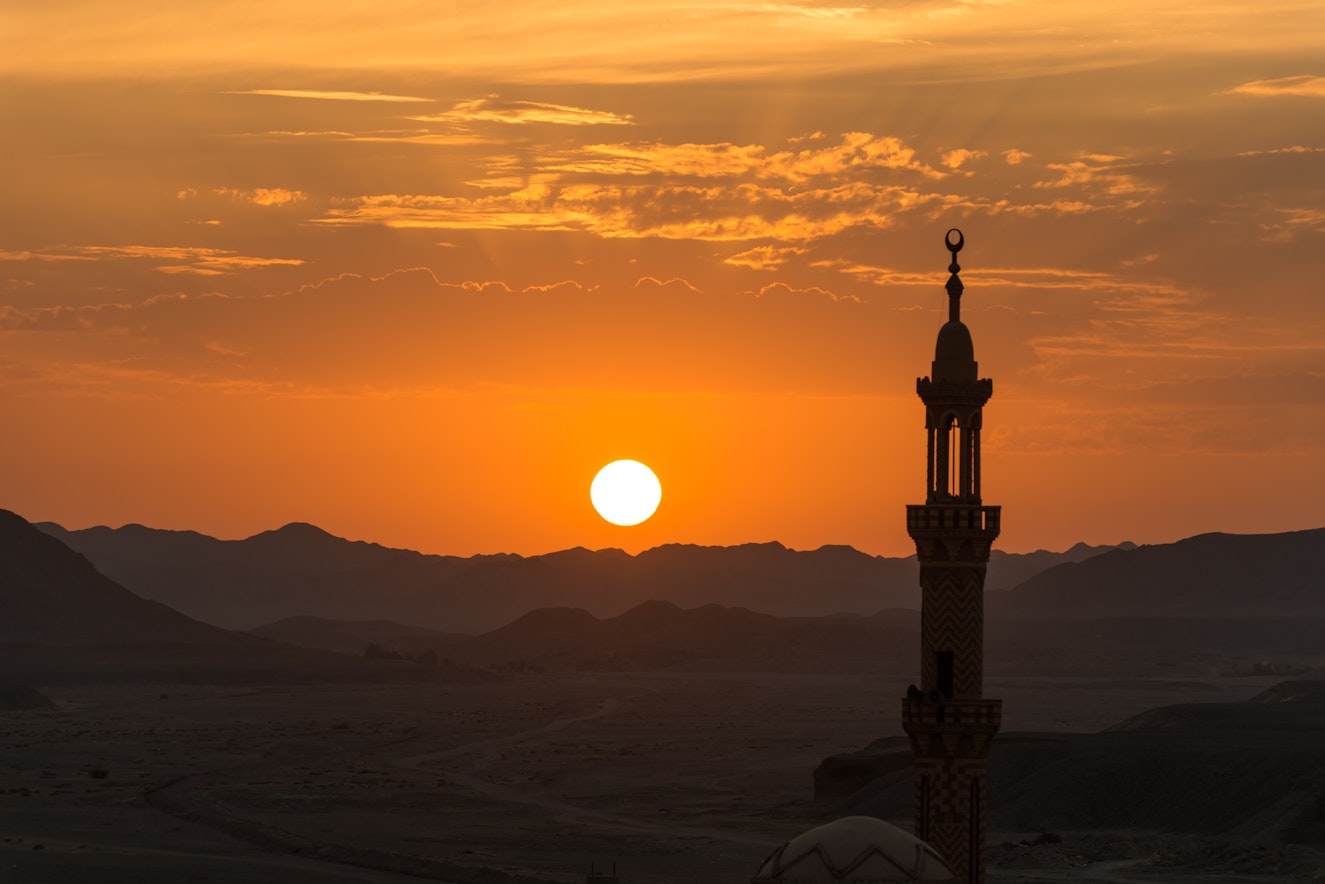
Current and future solar projects in Saudi Arabia
If Saudi Arabia can keep up its current pace, it will largely be due to the many solar projects that are either already underway or planned for the future. One of those key projects is Shuaibah IPP, a 600 MW plant about 80 kilometers south of Jeddah that’s expected to become operational by the end of 2025. Another plant following a similar timeline is the 45 MW Rafha IPP in the Northern Borders region, also expected to come online in 2025.
One project that will take a bit longer but will be worth the wait is the enormous 1,500 MW Sudair IPP in Riyadh. This is one of the projects being developed by the Saudi Public Investment Fund (PIF), and it will stand as one of the largest single-site solar initiatives anywhere in the world. As of late 2022, over $900 million had already been invested into the project.
Additionally, four more notable projects were announced in February 2024 as part of the National Renewable Energy Programme (NREP). The biggest of these will be the 2 gigawatt (GW) Al Sadawi initiative in the Eastern Province, while a 1 GW Al Masa’a plant will be built within the Hail Province. The other two projects from this announcement are the Al Henakiyah II and Rabigh II projects, with capacities of 400 MW and 300 MW, respectively.
All of these projects align with Saudi Arabia’s goal of sourcing 50% of the country’s electricity from renewable energy by 2030, further highlighting their commitment to the energy transition.

The 5 largest solar plants in Saudi Arabia
Sakaka IPP
Outside of the projects that will come online over the next few years, there are plenty of operational facilities that are already making a significant contribution. Perhaps the most impressive is the Sakaka IPP, a 405 MW project in Sakaka City. This was the first utility-scale renewable project under NREP and has proven to be a success since it was commissioned in 2020.
Rabigh Solar Photovoltaic Park
Similarly, the 400 MW Rabigh Solar photovoltaic (PV) Park came online in 2023 through a collaborative venture between Marubeni and Al Jomaih Energy and Water. The project is the second largest in the country and is expected to provide enough clean energy to sustain over 45,000 households.
Jubail 3A IWP Solar PV Park
In third place is the Jubail 3A IWP Solar PV Park. While this was primarily a water plant capable of generating 600,000 cubic meters of drinkable water each day, the solar power extension has a capacity of 45.75 MW, enough to meet 20% of the water plant’s daily power requirements.
Haradh Solar PV Park
The Haradh Solar PV Park is the fourth largest, with a 30 MW capacity. Like the Jubail 3A IWP, it’s located in Saudi Arabia’s Eastern Province. Haradh Solar PV Park came online in 2022 after being developed in multiple phases, and it generates enough electricity to offset over 50,000 tonnes of CO2 emissions each year.
Al Kharj Solar PV Park
Coming in fifth is the Al Kharj Solar PV Park, with a capacity of 15 MW. The oldest of these five, Al Kharj, has been operational since 2019 in Al Riyadh. The fact that a project of this size is one of Saudi Arabia’s largest while projects anywhere from 40 to 100 times the size are just a few years away shows how fast things are moving in this part of the world.
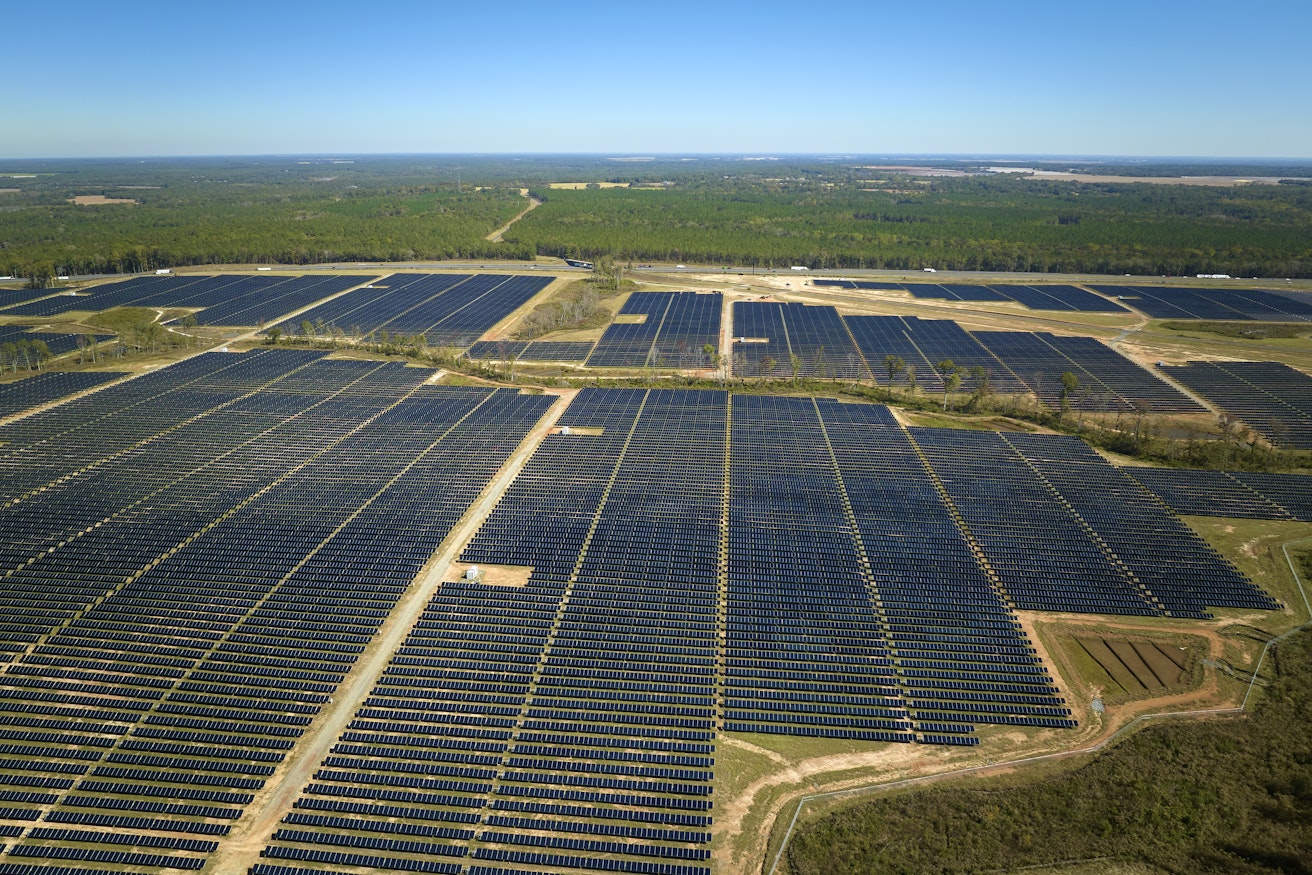
The future of solar in Saudi Arabia
Another aspect that will shape Saudi Arabia’s solar future is the strategic partnerships that can be formed with other countries. One of the most promising collaborations to watch is between Saudi Arabia and the United Kingdom on Space-Based Solar Power (SBSP). As the name suggests, this technology collects solar energy from space and transmits it back to Earth.
Historically, SBSP was deemed too expensive due to the costs of launching and maintaining satellites and constructing ground-based receiving stations. However, recent advancements in rocket technology have made launching significantly cheaper, potentially leading to SBSP becoming economically viable.
NEOM, the ambitious Saudi smart city project in Tabuk Province, has expressed an interest in using SBSP. A partnership between NEOM and UK-based Space Solar could be on the table. If this were to happen, substantial investments from both countries could be made to develop SBSP further.
Collaborations of this kind fit well within Saudi Arabia’s Vision 2030 plan, which aims to explore new ways to reduce oil dependence and diversify its economy into new sectors. With projects like NEOM exploring advanced technologies like SBSP, it is clear that Saudi Arabia has aspirations to not just participate in the global energy market of the future but to continue being one of the world’s leaders.
2025 Trends: Renewable Energy & Solar Research Report
Get key insights and data from an industry-wide survey and solar simulations on the RatedPower platform. Download now to uncover critical trends and challenges shaping the future of renewables.
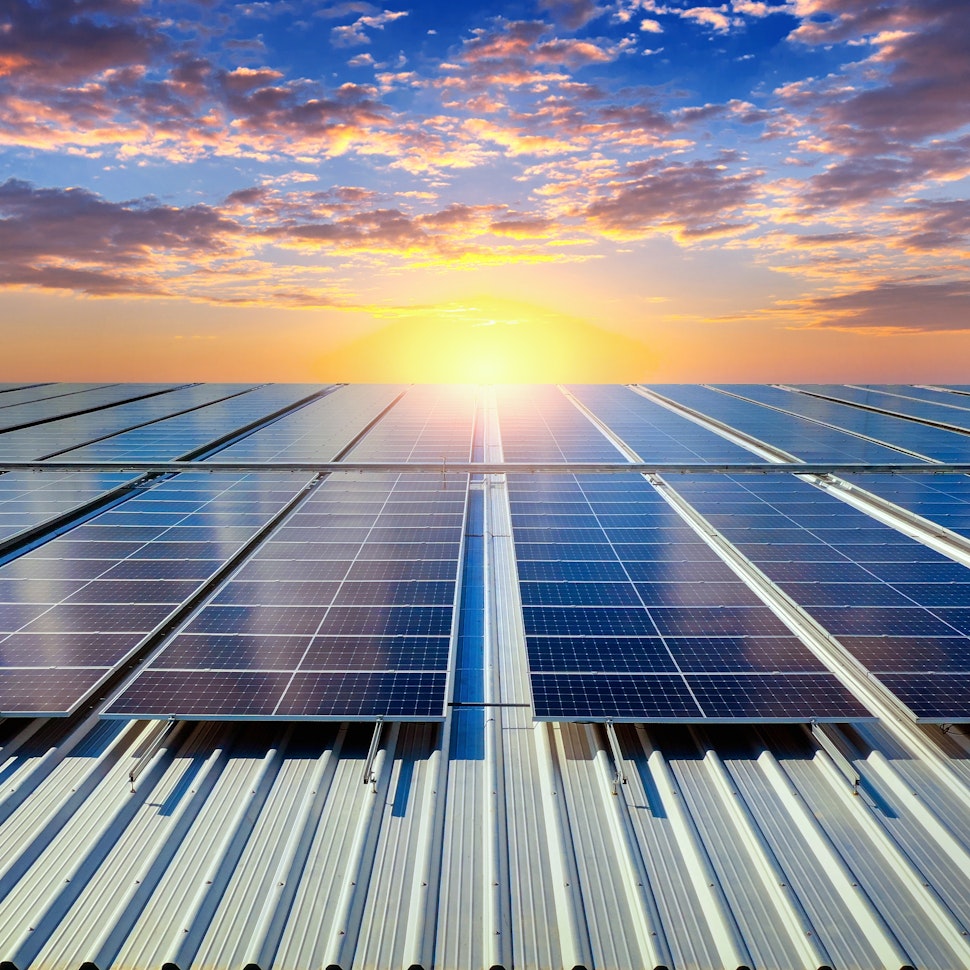
Latest stories
Related posts
Market analysis
Power where it’s needed: Solving LatAm’s grid instability with distributed solar and storage
Find out how a bottom-up approach is solving LatAm’s grid instability, with community-led solar and storage projects giving people control over their energy.
Updated 29 DEC, 25
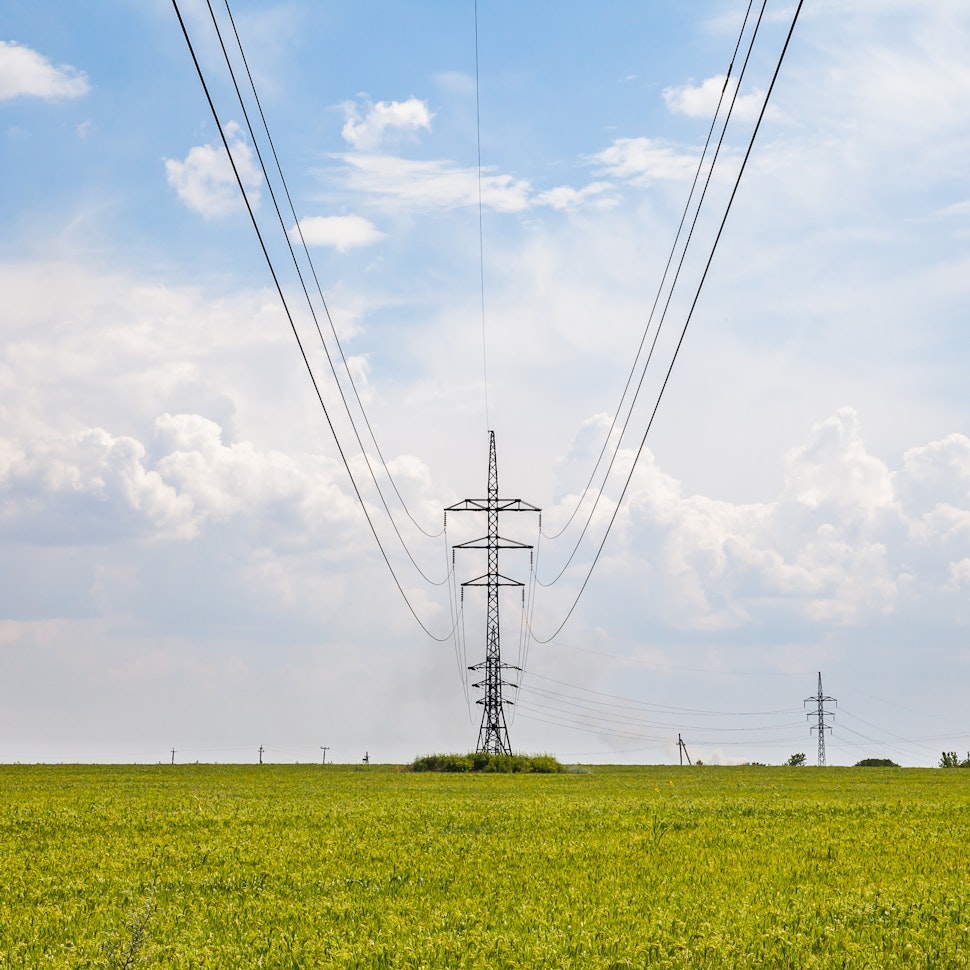
Market analysis
Powering through the peak: Why solar + storage is gaining momentum in MENAT
Discover how MENAT is building a functioning solar economy and why rising peak demand during extreme heat is squeezing its energy architecture.
Updated 11 DEC, 25

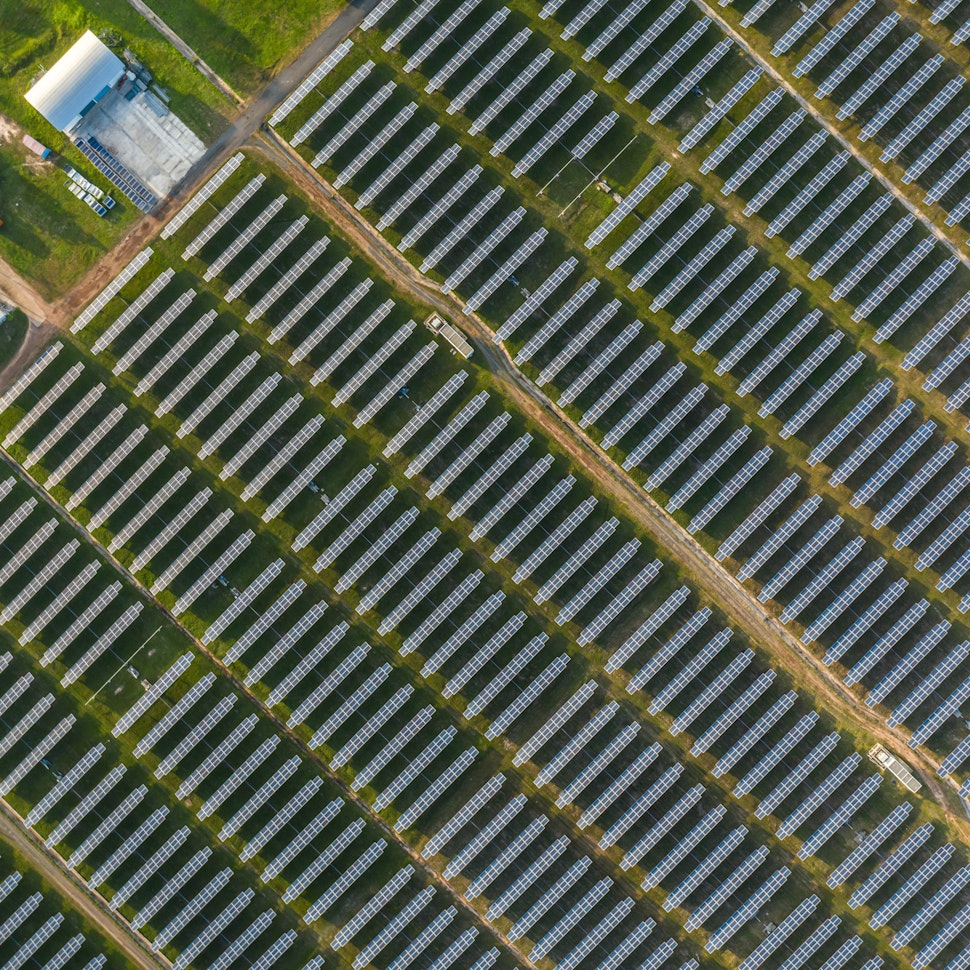
Market analysis
The rise of utility-scale PV + storage plants in Italy
Discover how Italy’s latest policies and auctions are driving utility-scale solar and battery storage projects to meet ambitious 2030 targets.
Updated 4 DEC, 25

- RatedPower
- Solar energy blog
- The rise of solar energy in Saudi Arabia
 Watch a demo
Watch a demo Ask our AI Product Expert
Ask our AI Product Expert
